


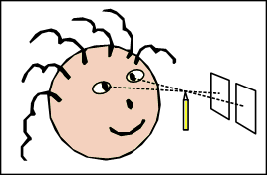

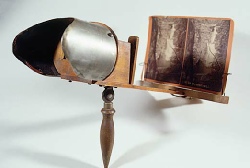




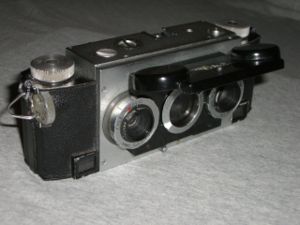
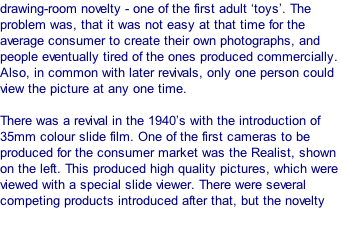
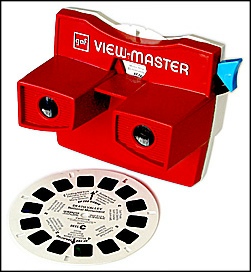
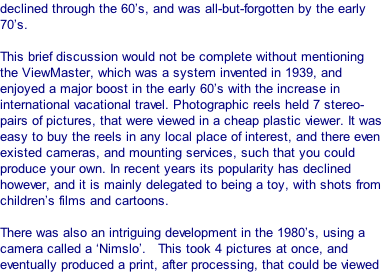

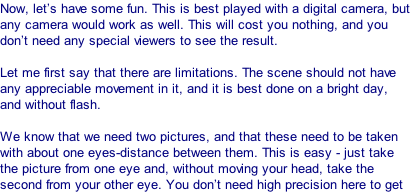

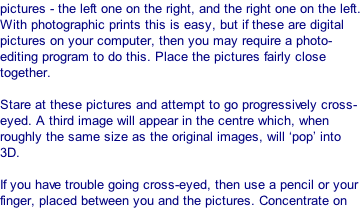


Although 3D movies have been around for more than half a century, it is only in the last couple of decades that cinema-
How Do They Work?
In Passive 3D systems,the secret lies in ‘polarization’. If a light source is horizontally polarized then, if it is viewed through a vertically polarized filter, it will appear to be dark (but horizontally polarised filters will let the light through). Likewise, if the polarisations are reversed. In the cinema the left/right images are separately polarised and projected simultaneously onto a special screen that maintains the polarisations. The audience wears glasses with appropriately polarised filters over the left/right eyes, thus enjoying the illusion of 3D imagery.
Initially, in the days of ‘tubed’ (crt) TVs, the passive system was also used to introduce 3D into the home, but the way it was done was different to the cinema. As we all know, TV pictures are made up of a number of lines, each consisting of many coloured dots (pixels). These pixels can be arranged to emit light with either horizontal or vertical polarisation. By arranging all the odd-
In Active 3D systems, glasses are still used, but they contain electronic circuitry and liquid-
What About Still Images?
Now we have the means to view 3D images in our living rooms, it will come as no surprise that there are cameras being produced that capture still images in 3D. There are even 2D (normal) digital cameras that have in-
File Formats
There are 3 competing file formats out here at the moment -
Editing 3D photos
This is not as easy as I thought it would be. It may be that the technology is still too young, or the market is just not there at the moment. There is a lot on the web about 3D graphics (art) creation, generating 3D from 2D images, and editing 3D movies, but very little that I could find about how to edit or enhance 3D photos, or convert them from one format to another. The closest I got was a reference to Adobe PhotoShop CS6 being capable of doing something, but I did not get to find out any details (besides, that is a very expensive program!). It could be that, if you bought a 3D camera, there would be bundled some software to accomplish this. I will be watching out for developments in this area…
I first started this section of the page in 2012 when, with the help of HD, 3D TV had matured beyond being a low-
But that was nearly 3 years ago, and now in 2016 it seems that it has become virtually extinct, with none of the major manufacturers offering it as an integrated feature in any of their current range of models, or even as an optional accessory. Also, movie companies have dramatically reduced the release of 3D titles, and major cable and satellite providers have reduced or removed 3D channels from their services.
It is not clear to me why this about-
Whilst some of the comments expressed in these articles may have some foundation, what is missing is the fact that it was ludicrous in the first place to ever suggest that this technology should, or could, supplant 2D every-
Among the few Blu-
There is no doubt that watching a 3D blockbuster like Avatar at the cinema can be a unique experience, especially in a large screen theatre, with multi-
See this wikipedia page for an interesting insight into this subject.
| Soundcards |
| Audio Editors |
| DRM |
| Decibels |
| AC97 |
| HD Audio |
| Acoustica |
| Digital Photo |
| Movie Making |
| 3D Pictures |
| Video Editing |
| My Favourite Software |
| My Software |
| Visio |
| Serif WebPlus |
| Acoustica |
| Pinnacle Studio |
| PicoSpell |
| NotaBene |
| Ez-Mix |
| DownloadEzMix |
| My Ultimaker 2 Mods |